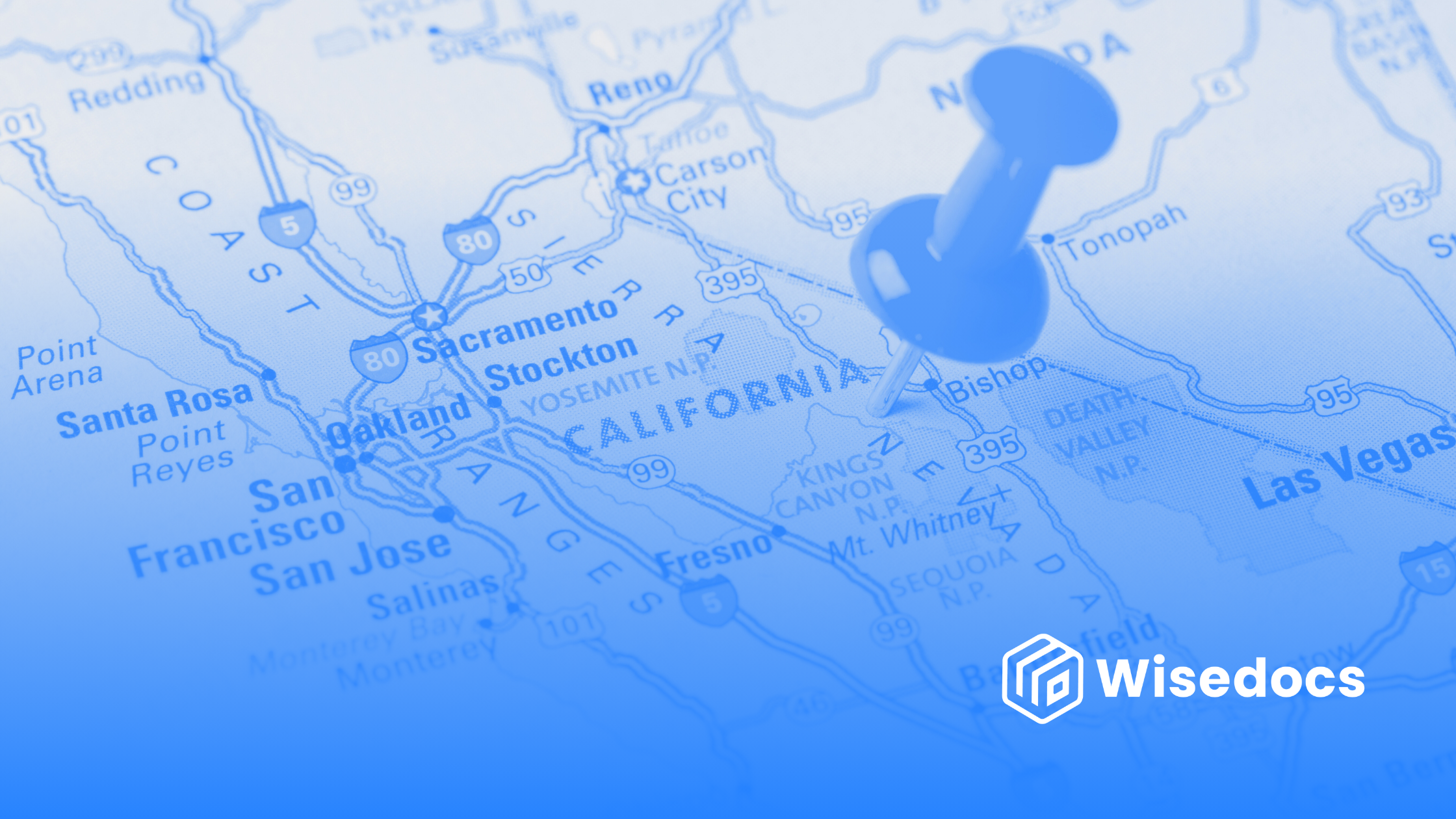Workers’ compensation in the United States is far from standardized. Each state has its own laws governing how employers insure workers against injury, whether through private insurance, state-run funds, or a combination of both. Some states mandate participation in government-operated funds, while others give businesses more choice in how they secure coverage. Here’s how workers’ compensation differs across key states:
1. Washington - A monopolistic state fund
Washington is one of just four monopolistic states alongside North Dakota, Ohio, and Wyoming, meaning businesses must purchase workers’ compensation insurance directly from the state-run fund: private insurers are not allowed to compete. U.S. territories such as Puerto Rico and the U.S. Virgin Islands also require employers to use a government-managed fund. Washington was also the first state to implement a workers’ compensation program, back in 1911, setting the stage for future systems nationwide. While this guarantees coverage for even high-risk industries, employers have fewer options and less pricing flexibility.
2. California - A competitive marketplace with a strong state fund
In California, employers can choose between private insurers and the State Compensation Insurance Fund (SCIF), a nonprofit provider that plays a vital role in covering businesses considered too risky for private carriers. This competitive model encourages pricing and service differentiation, and state funds often act as a fallback option for employers struggling to secure coverage. California’s system is one of the largest in the country and offers robust benefits, but also faces high claim volume and regulatory complexity. Louisiana and Indiana have similar state fund systems, mitigating financial stress for employers and workers in obtaining coverage.
3. New York - Mandated coverage with a public option
New York requires almost all employers to carry workers’ compensation insurance, either through private carriers or the New York State Insurance Fund (NYSIF). NYSIF is a nonprofit competitive fund tasked with offering the lowest possible rate while maintaining solvency. This dual-market approach ensures broad access to coverage for those in need, but the area’s high wages and dense urban workforce can naturally drive up premium costs. The state also has extensive reporting and compliance requirements.
4. Texas - The only state with an opt-out option
Texas stands alone in allowing private employers to opt out of the workers’ compensation system altogether. Those who choose to participate can buy insurance through either private carriers or the Texas Mutual Insurance Company, a state-created entity that functions in a competitive marketplace. While this flexibility is appealing to some businesses, opting out can expose employers to greater liability if workers are insured and pursue legal action outside the traditional system.
5. Florida - A competitive market with strict oversight
Florida offers workers’ compensation through a competitive private market, regulated by the state to ensure fair rates and coverage availability. The state does not operate its own fund, but it does enforce strict rules on classification codes and premium calculations. Premiums are primarily influenced by industry risk and average weekly wages, making sectors like construction and transportation among the most expensive to insure.
6. Oklahoma - From state fund to private mutual
Oklahoma once operated a state fund but transitioned it into a private mutual insurance company - CompSource Mutual - in 2015. Today, Oklahoma operates a competitive insurance market with private carriers and mutual insurers, allowing businesses to shop around for coverage for their workers. The shift toward privatization was driven by a desire to improve efficiency, reduce bureaucracy, and offer more tailored coverage options to employers.
Uniformity in Process, Consistency in Purpose
From the structure of Washington’s monopolistic fund to Texas’ unprecedented opt-out option, workers’ compensation systems across the U.S. vary. Whether you operate in a state with public, private, or hybrid options, one thing is constant: the need for efficient claims handling.
Despite the diverse frameworks that define each state’s workers’ compensation system, the claims process itself remains largely uniform across jurisdictions. Injured workers begin by notifying their employer, after which a claim is submitted either to a state agency, private insurer, or third-party administrator, depending on the system in place. From there, claims adjusters evaluate medical documentation, authorize treatment, and determine wage replacement based on established state guidelines.
Regardless of whether the system is public or private, monopolistic or opt-out, every state shares the same end goal: to deliver timely medical care and wage support to injured workers while minimizing disruption for employers. The tools and policies may differ, but the mission is universal, protect the workforce and enable recovery through streamlined, accurate claims handling.
Wisedocs helps streamline the workers’ compensation process with AI-driven tools that make documentation and claims processing faster and more accurate, no matter which state you’re in.


.png)


